The Special Regime on the Demarcation Line
26 May 1952: The generally unfortified nature of the border between East and West Germany ended when East Germany implemented a "special regime on the demarcation line".
By 1952 the GDR had already blocked many unofficial crossing points with ditches and barricades but the new measures were on a completely different scale.
- A ploughed strip 10 m wide was created along the entire length of the German border.
- A parallel protective strip 500 m wide was placed under severe restrictions.
- A restricted zone 5 km wide was created where only those holding a special permit could live or work.
- Trees and bushes were removed to clear the view of the border for the guards and eliminate cover for would-be border crossers.
- Houses on or near the border were pulled down, bridges were closed and barbed-wire fencing was put up in many places.
- Severe restrictions were placed on farmers who were only permitted to work the fields close to the border in daylight hours and only under the watch of armed border guards.
The guards were authorised to use weapons in case of a failure to 'observe the orders of border patrols'.
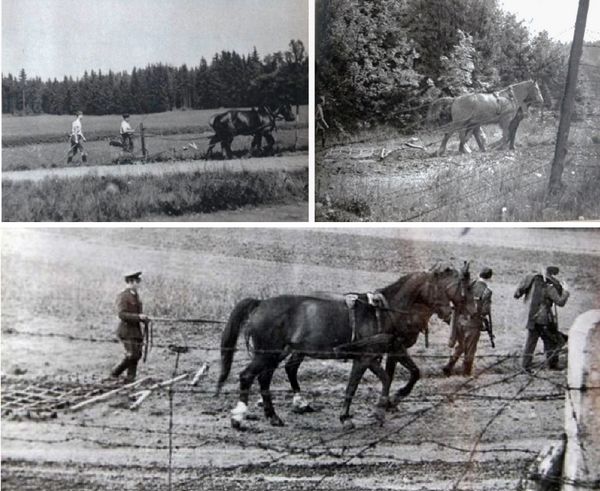
Early images of the border strip being harrowed (ploughed is often used in descriptions)
The fortification of the border resulted in the severing of 32 railway lines, 3 autobahns, 31 main roads, 8 primary roads, about 60 secondary roads and 1000s of lanes and tracks.
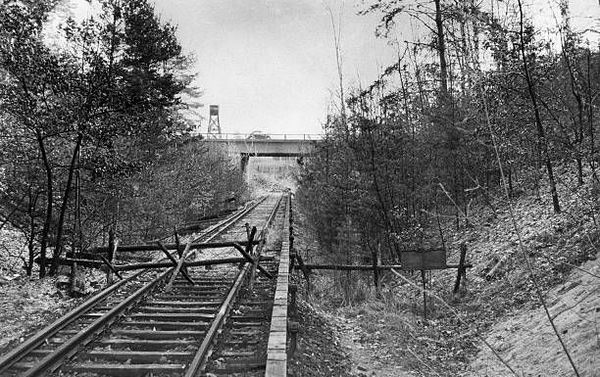
A severed railway link
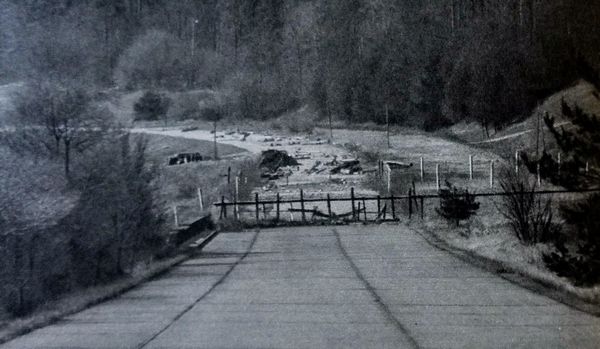
A closed motorway (the Autobahn between Bad Hersfeld - Eisenach)
The total length of the 'demarcation line' defences between East and West Germany was 1391km as quoted by the British Army on the Rhine - the US measurement was 1345.9km and West Germany used 1381km.
It is interesting to note that measuring a more stylised map of the border gives a result of less than 900km. The additional length is created by the vast numbers of 'twists & turns' in the line of the border.
Between May and June 1952, more than 8,000 DDR citizens living close to the border and who were considered 'unreliable elements' were forcibly settled outside of the 5km restricted zone.
With a complete lack of sensitivity, the regime called this project, "Operation Vermin" (Operation Ungeziefer).
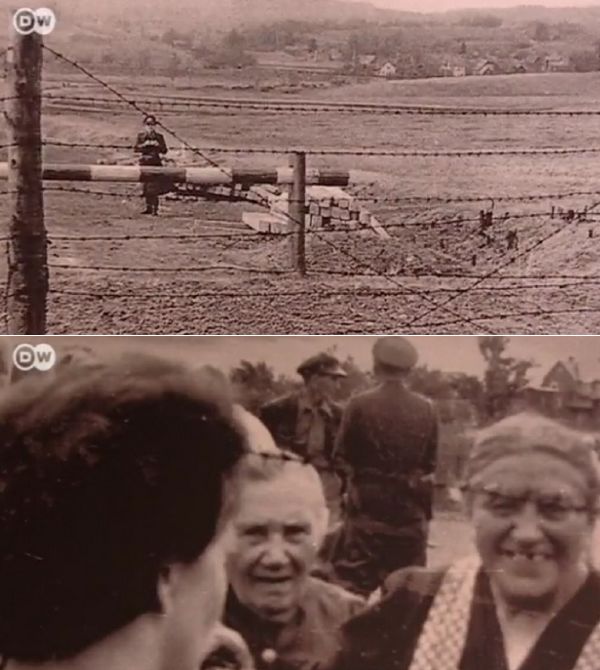
A number of residents of Strausberg, Thüringen received a knock on their door at 4am and were given two hours to pack and leave.
The random nature of the evictions caused great anxiety amongst those who remained.
Villagers were told that this was justified as a measure to keep out 'spies, diversionists, terrorists and smugglers' and that the measures were 'necessary to provide protection from West German aggression'.
Others were informed that the measures were being carried out after 'demands from security-minded fellow citizens who understand the situation'.
In reality it was to prevent the many skilled, educated and professional classes from leaving. The continuing loss of 10-20,000 such citizens per month threatened the viability of East Germany's economy.
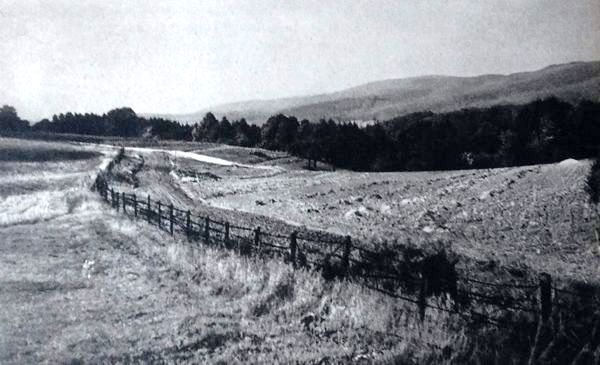
The so called "Pieck Avenue" stretched from the Baltic coast, to Czechoslovakia and then along the southern border of the DDR
(Named after Wilhelm Pieck - the President of the DDR)

In later years, maintenance of 'Pieck Avenue' was carried out using tractors
An additional area to be considered was the more than 500km Baltic Sea coastline which was declared a restricted area with access and activities strictly monitored.
This was known as the 'Blue Border'.
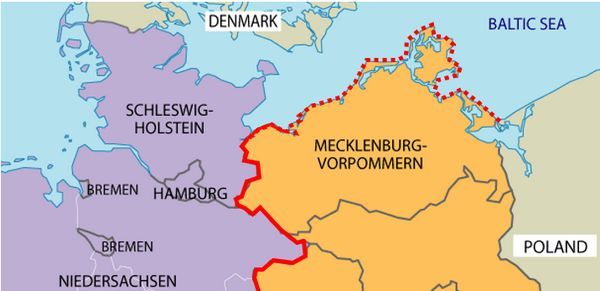
What is often not known is that, at the northern point, the border defences turned east and continued for a further 25km.
This made it more difficult for escapees to reach the West German shoreline or international waters.
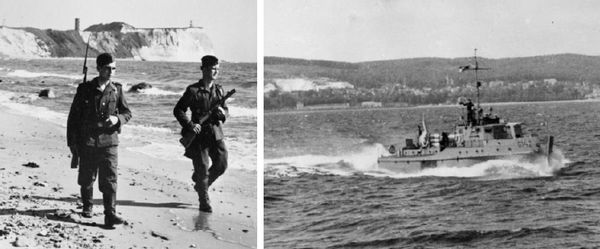
The DDR's 'Blue Border' was patrolled by powerful launches and foot patrols (these images from 1955)
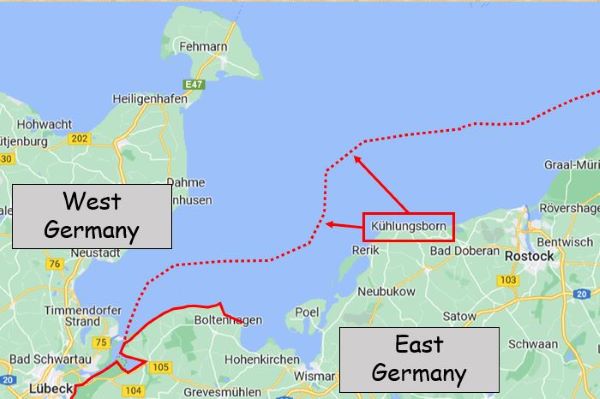
The location of Kühlungsborn was seen as a threat to border security and the area was closely monitored.
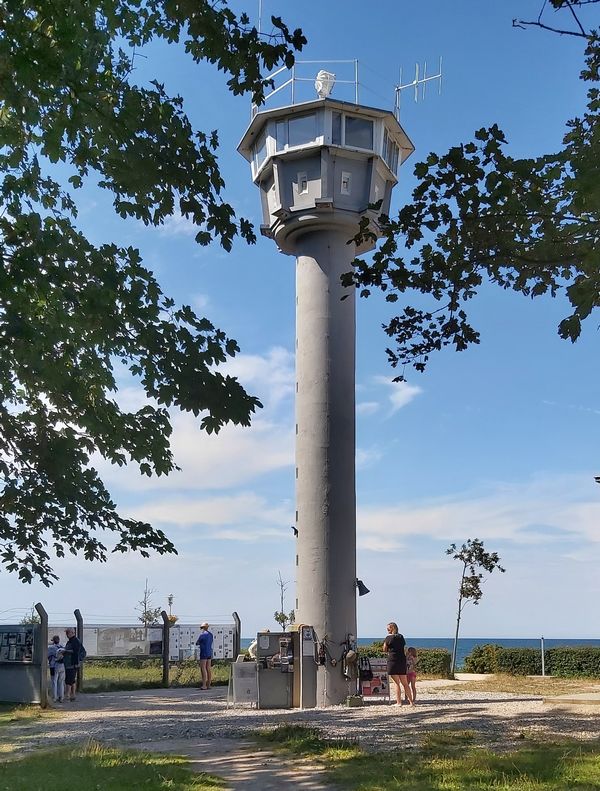
One of the watch towers in the Kühlungsborn area.
Note: Similar measures were taken in the area around Berlin but only where the three Allied Zones bordered the DDR. Many of the roads crossing the border with the Soviet sector (200 out of 277) were closed to traffic and the others were subject to constant police observation. However, this border was not fully sealed.
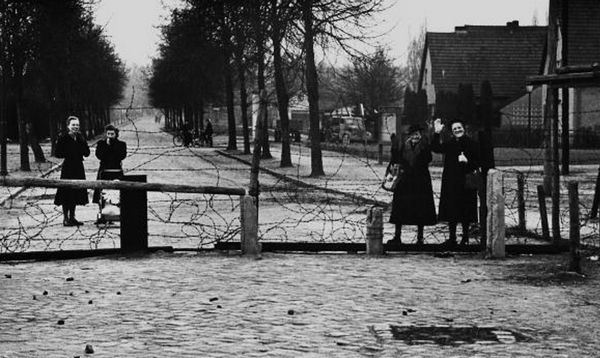
An image of the border between an Allied sector of Berlin and East Germany (not East Berlin).
This little known fact is detailed on Page 5 of the linked document......The Wall - A Border Through Germany (downloads or opens in a new window depending on browser settings).
Gordon Rottman states in his book - 'The Berlin Wall and the Intra-German Border' - that the defences continued along the southern border of the DDR and faced similar ones built by Czechoslovakia.
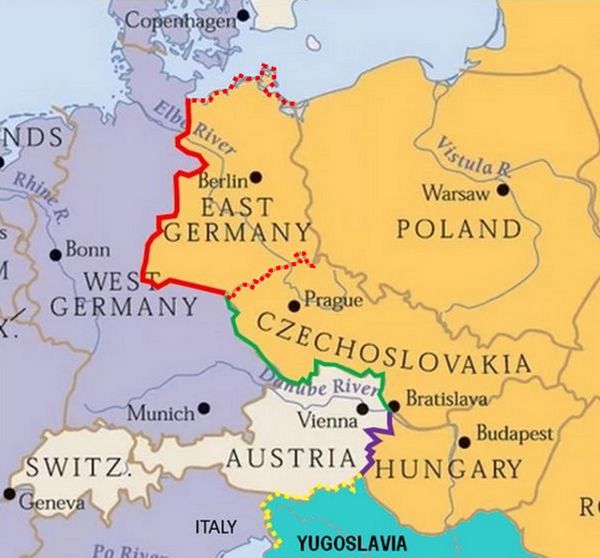
The defences stretched from the Polish border, along the Baltic Sea coast, between East & West Germany and then along the southern East German border with Czechoslovakia.
Further borders existed between Czechoslovakia - West Germany (815km), Czechoslovakia - Austria (466km) and Hungary - Austria (331km).
The border between Yugoslavia - Austria/Italy was heavily policed but not fortified.
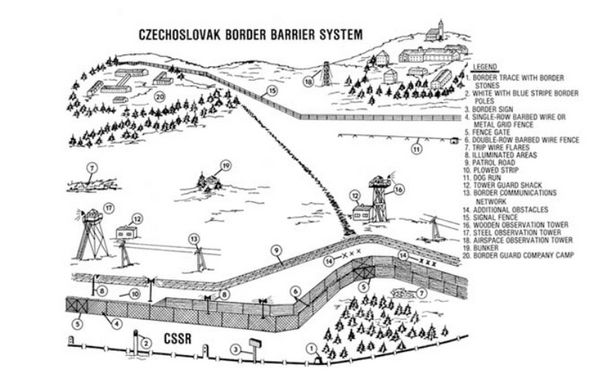
The border system of Czechoslovakia had similar features to the Inner German Border and was considered difficult to cross undetected.
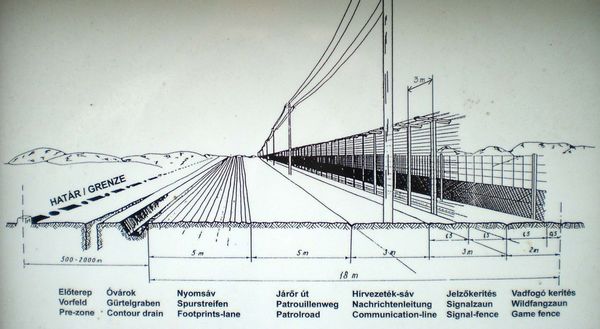
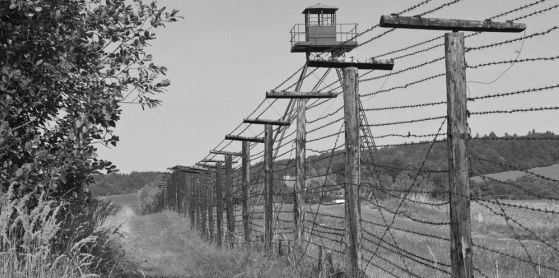
The two images above show that the border between Hungary and Austria was also well defended.